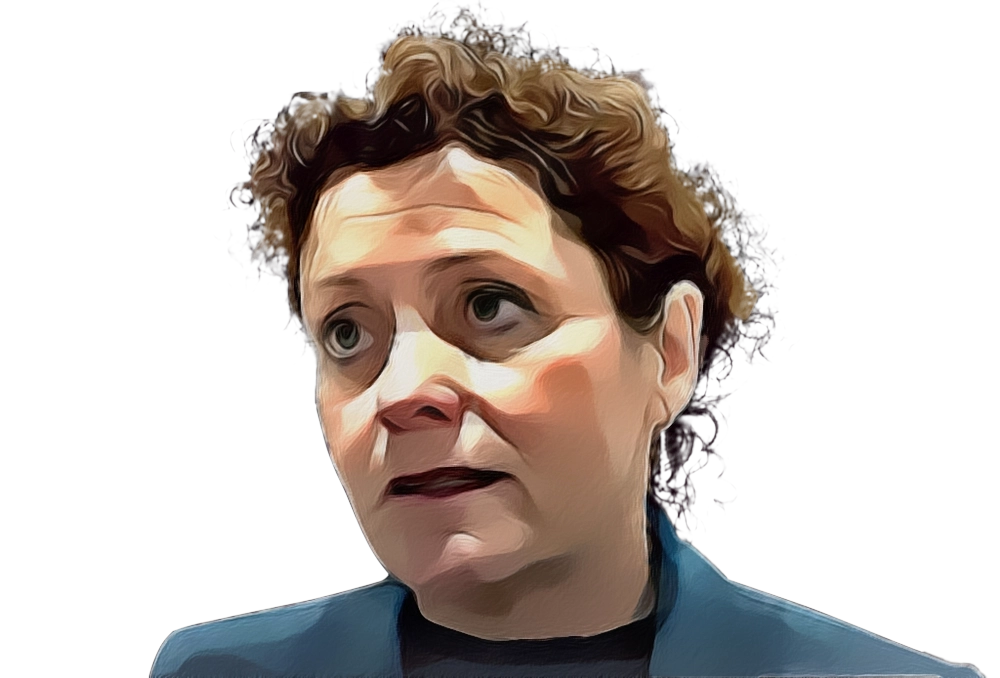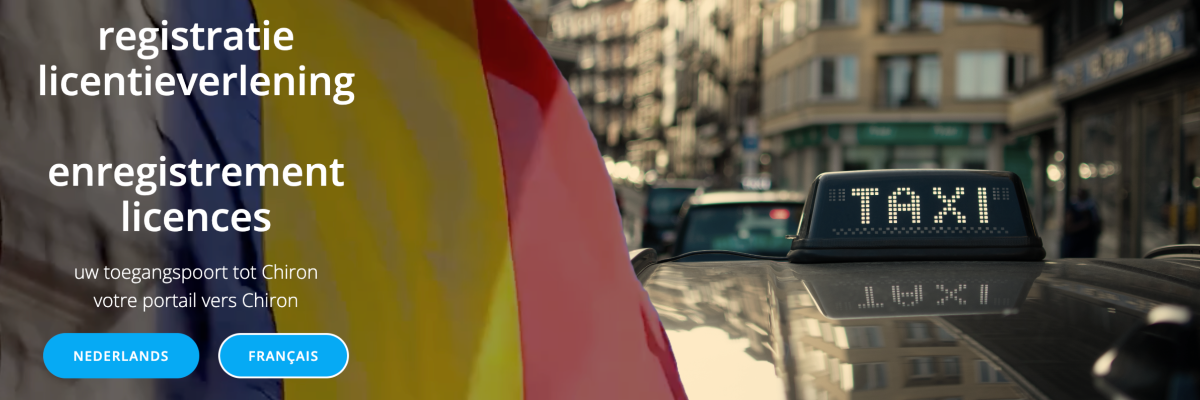Since January 6, 2024, De Lijn Flex's flex buses have replaced the well-known call buses in many places. The big difference is in the expansion of the offer.
A major change in De Lijn's public transport network will start on Saturday, January 6, 2024. This transformation means removing more than 3.200 stops, which amounts to 17 percent of the total number of bus and tram stops in Flanders. To compensate, De Lijn is introducing the concept of 'flexible transport', a strategy to alleviate the impact of what some fear as 'transport poverty'.
A striking feature of this new approach is the use of 'flex buses'. This service, which will replace the traditional dial-up buses from January 6, promises a more extensive offering in various municipalities, even where no dial-up buses previously operated. With an extension of available hours and the option to book up to 30 minutes before departure via the Hoppin travel planner, De Lijn seems to be focusing on flexibility and accessibility.
Our practical test provided insight into how De Lijn's new flex service functions in practice, especially with regard to availability, ease of use of the planner, and overall transport efficiency.
During our test, we noticed low availability for the De Lijn Flex component, which may indicate limitations in the capacity or popularity of the service.
The Hoppin travel planner, an essential part of this new system, offers travelers the opportunity to plan routes by train, tram, bus, and flex bus. The user's experience is crucial here. During our test drive from Boekhoute to Ghent, from the countryside to the city, low availability was noted for De Lijn Flex, but the announced theoretical travel time was surprisingly positive: a departure at 10:14 am and arrival at 11:58 am.
These changes also mean that buses will travel more on main roads, rather than through neighborhoods, with the aim of reducing journey times. Advance reservations are required for the remaining stops, of which approximately 25 percent are now 'flex stops'. These flex stops are served exclusively by flex buses.
De Lijn's policy remains in force with regard to fares and tickets. Travelers can register their subscription in the Hoppinapp or via the Hoppincentrale when booking their first ride. These drastic changes raise questions about the accessibility and ease of use of public transport in Flanders. De Lijn assures that the range of flexible transport will be more extensive than the previous call buses, but the practical implementation and the response of the users will determine the success of this new service.

The accessibility of public transport in Flanders, especially for people with disabilities, remains an important point of attention. Recently, Minister of Mobility Lydia Peeters (Open VLD) revealed in response to a question from Els Ampe (Voor U) that more than half of De Lijn's 15.023 bus stops are currently inaccessible to people with disabilities. This disturbing fact underlines the need for continuous improvements in the public transport system.
The accessibility of public transport in Flanders, especially for people with disabilities, remains an important point of attention. Recently, Minister of Mobility Lydia Peeters (Open VLD) revealed in response to a question from Els Ampe (Voor U) that more than half of De Lijn's 15.023 bus stops are currently inaccessible to people with disabilities. This disturbing fact underlines the need for continuous improvements in the public transport system.
mobility needs
De Lijn, which is responsible for public transport in Flanders, is criticized for not sufficiently taking into account the needs of people with disabilities. The inaccessibility of many stops creates a significant barrier for this traveler group, limiting their mobility and independence.
In response to this criticism, Minister Peeters emphasized that the Roads and Traffic Agency (AWV) makes annual efforts to address and improve stops along regional roads. In addition, AWV is steadily working on the development of fully accessible Hoppin points. These Hoppin points are part of a broader initiative to improve the accessibility and integration of different modes of transport.
The introduction of flexible transport by De Lijn brings new options for travelers with specific mobility needs. If you need an accessible flex bus, it is important to mention this when you make your first telephone reservation for flex transport at the Hoppincentrale. This notification is crucial to ensure that De Lijn can meet your specific requirements. Depending on your mobility needs, De Lijn offers different options:
If you are a wheelchair user or have other mobility limitations, De Lijn will provide an accessible vehicle. This means that the vehicle is equipped with facilities to make your journey as comfortable and accessible as possible. Depending on your situation, you may be given the option to travel the proposed route(s) directly with a single flex bus. This means fewer transfers and a more direct connection to your destination.
After this first telephone registration, your specific needs are stored in De Lijn's system. This means that for future bookings, both via the Hoppinapp and via the Hoppincentrale, your mobility needs are already known and can be taken into account.
An important point to note is that if your trip extends outside your own flexible area, you may have to combine different means of transport. This may mean you have to transfer to other buses, trams or trains to reach your final destination. So it's important to keep this in mind when planning your trip, especially if you rely on accessible transportation.





